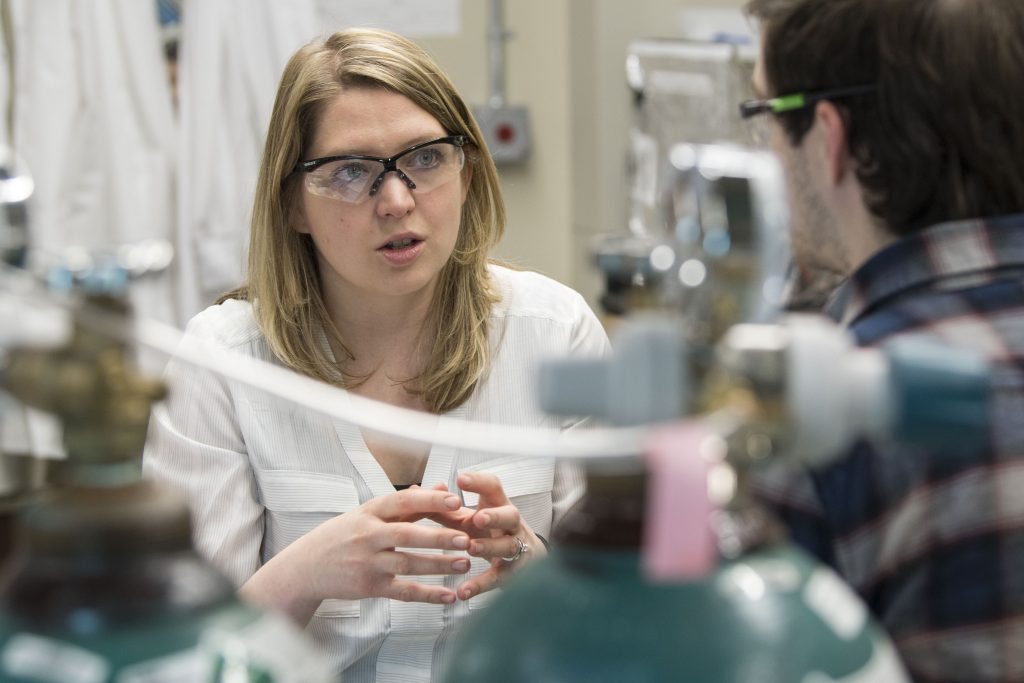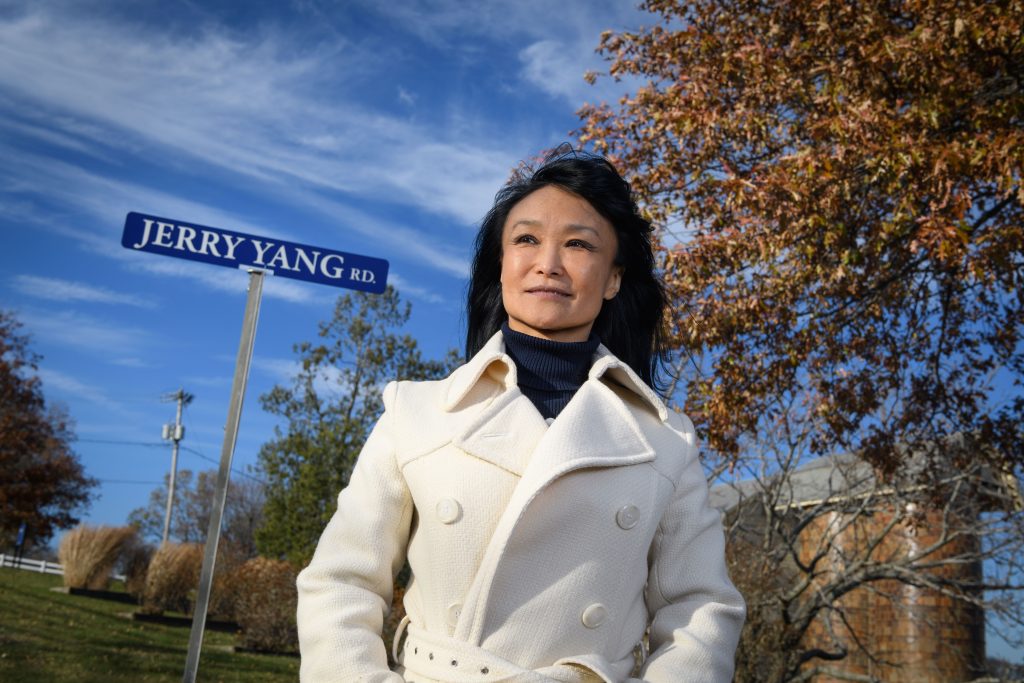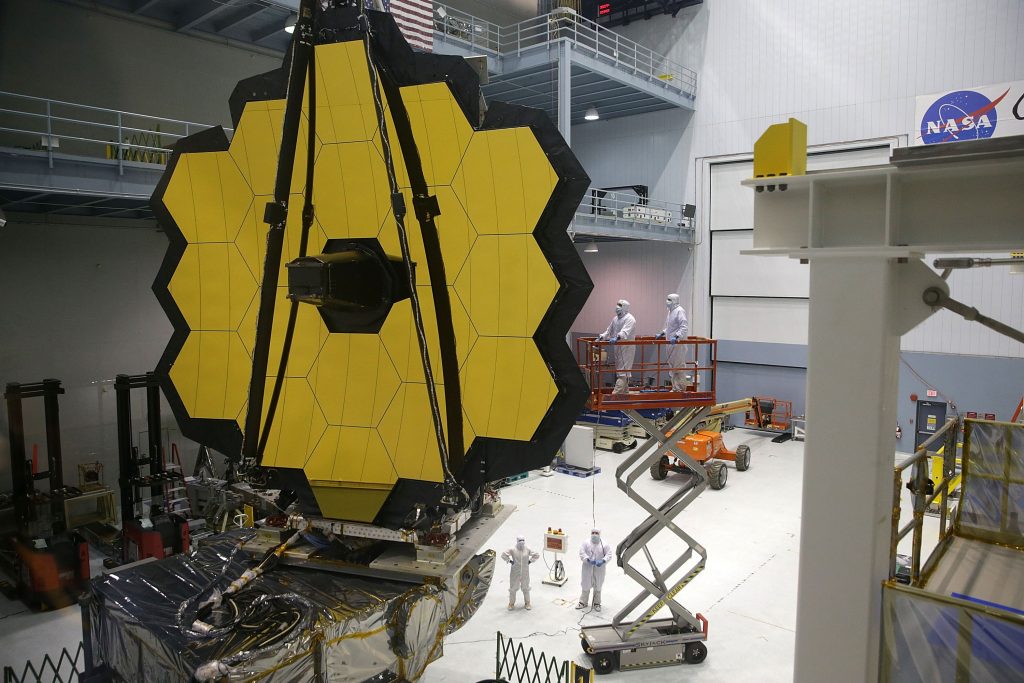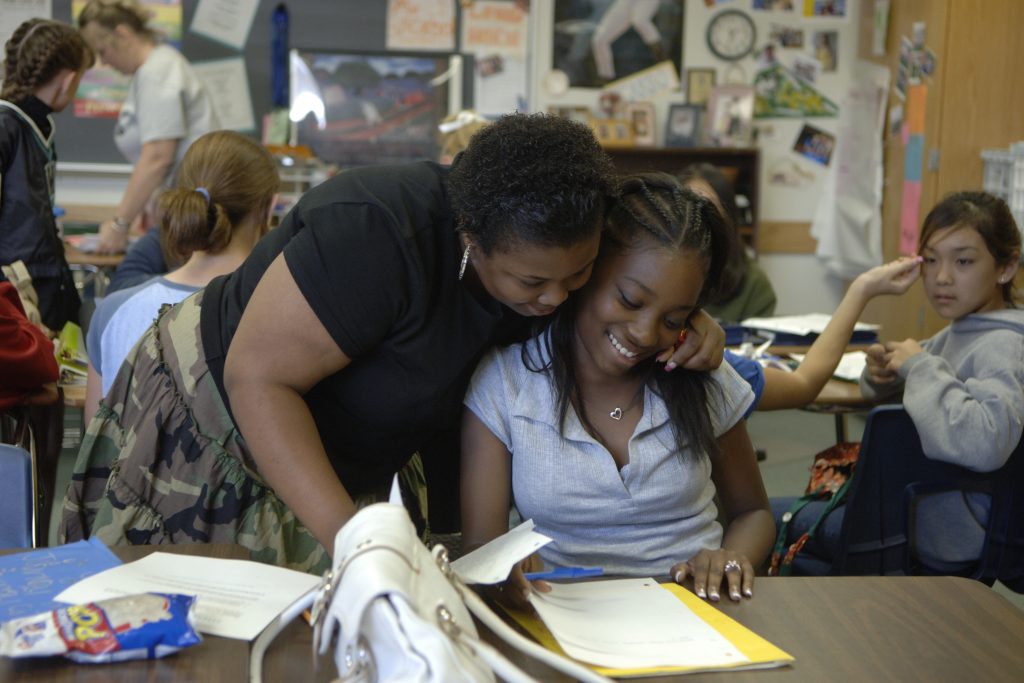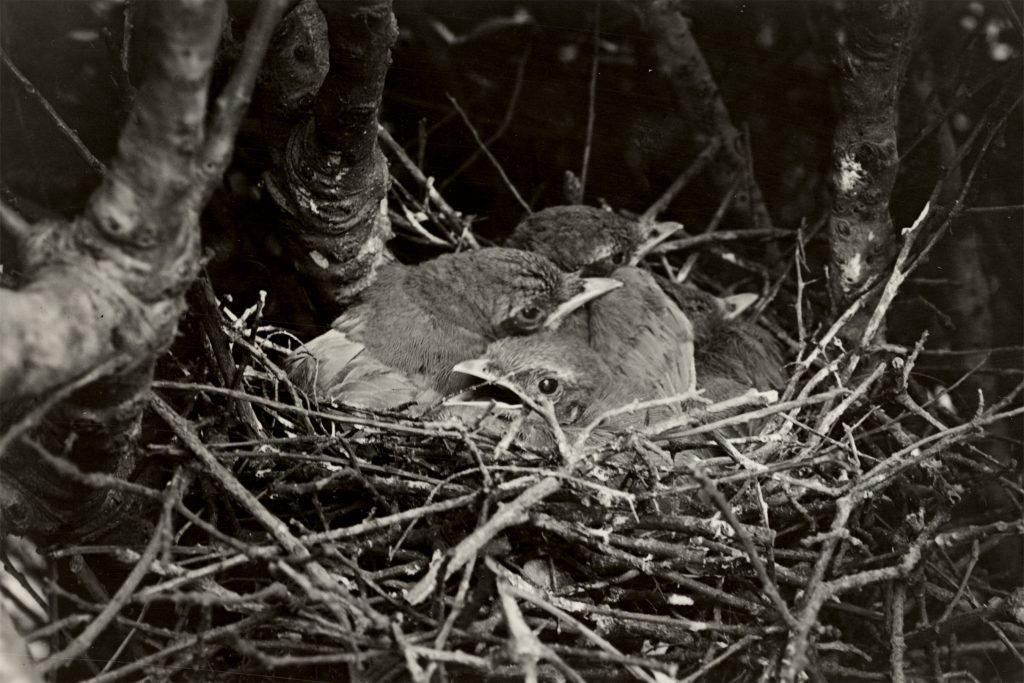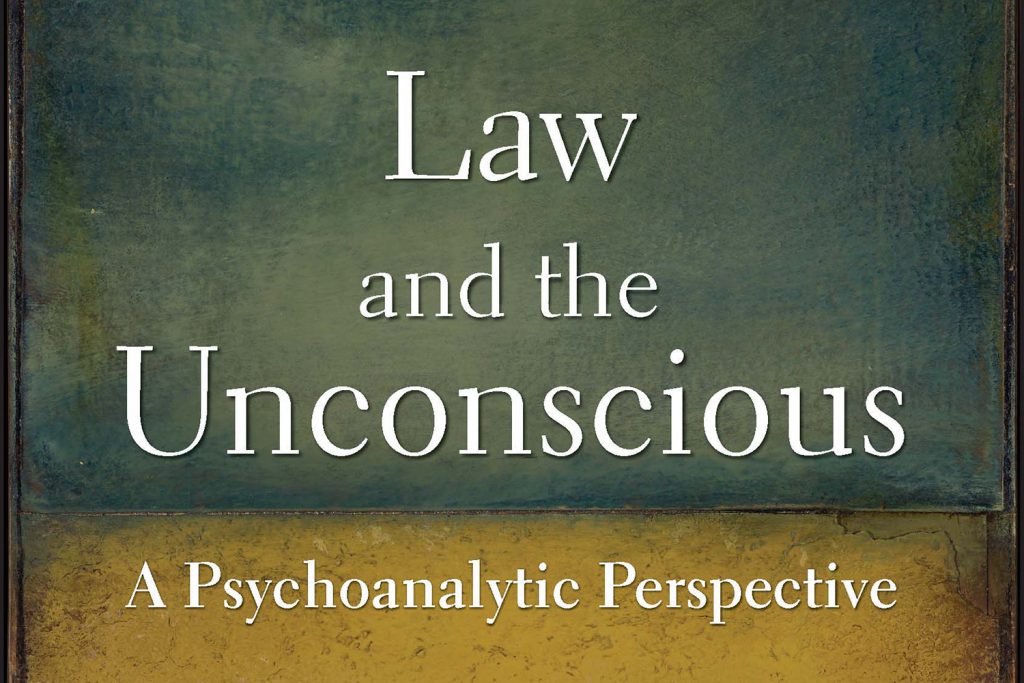Research & Discovery
Blood Pressure Begins to Decline 14 Years Before Death, Study Says
Previous studies reported falls in blood pressure late in life, but the study by UConn and University of Exeter is the first on individual trajectories before death.
December 4, 2017 | Kim Krieger
Tailoring Treatment to Combat Diseased Cells at the Genetic Level
A UConn researcher developed a new drug delivery system using a synthetic-biological hybrid capsule that leaves healthy cells alone, increasing effectiveness and reducing unwanted side effects.
December 4, 2017 | Jessica McBride, Office of the Vice President for Research
University Honors Memory of Research Great Jerry Yang
The University has named the street that leads to the UConn Dairy Bar from Route 195 'Jerry Yang Road.'
November 28, 2017 | Mike Enright '88 (CLAS), University Communications
UConn on the Front Line to Glimpse Farthest Reaches of Universe
Two UConn physics professors will be among the world’s first scientists to explore the universe using the new James Webb Space Telescope.
November 27, 2017 | Elaina Hancock
Hurricane Aftermath: Lessons from Katrina that are Relevant Now
Teachers will be part of the healing process for children relocating after Hurricanes Maria and Harvey, says UConn's Edith Barrett.
November 21, 2017 | Kristen Cole
A Winning NFL Football Pool Strategy
A UConn business professor developed a strategy to optimize the decision-making process for NFL Survivor Pools.
November 20, 2017 | Claire Hall
New Software Can Pinpoint Hate Groups’ Radicalization Sites
A UConn Stamford business professor has developed software that can comb the internet, including the dark web, and identify terrorist content.
November 15, 2017 | Claire Hall
Food Swamps Predict Obesity Rates Better Than Food Deserts
A new UConn Rudd Center study found that easy access to fast- and junk-food outlets was a better predictor of high obesity rates than lack of access to affordable, nutritious food.
November 14, 2017 | Daniel P. Jones, UConn Rudd Center
How Birds are Rescheduling their Lives Around Climate Change
'We were expecting them to only move in space, but we’ve demonstrated they also move in time,' says UConn researcher Morgan Tingley.
November 13, 2017 | Elaina Hancock
Law Professor’s Book Connects Psychoanalysis and the Law
Anne Dailey addresses popular misconceptions about psychoanalysis, including the idea that psychoanalytic ideas about the unconscious directly conflict with the law’s presumption that each individual, unless insane or coerced, acts upon the basis of free will.
November 13, 2017 | By Jeanne Leblanc

